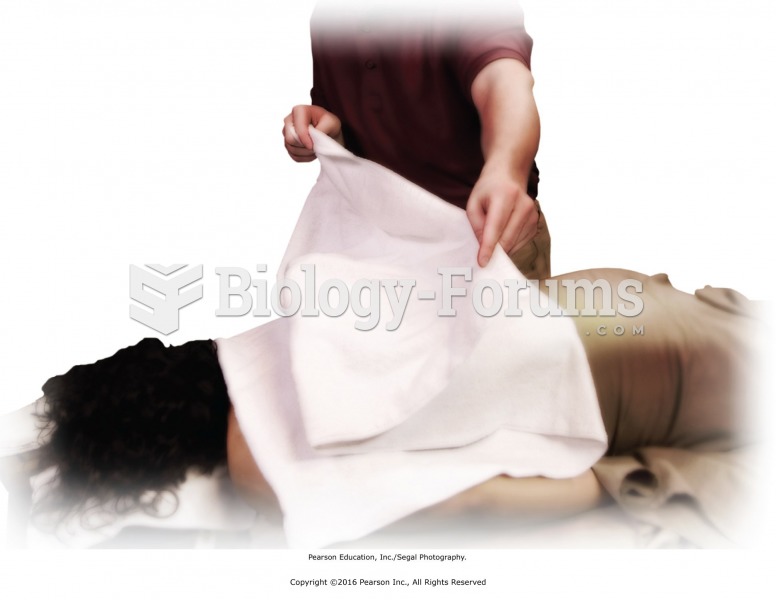This topic contains a solution. Click here to go to the answer
|
|
|
Did you know?
Human stomach acid is strong enough to dissolve small pieces of metal such as razor blades or staples.
Did you know?
If you could remove all of your skin, it would weigh up to 5 pounds.
Did you know?
The human body produces and destroys 15 million blood cells every second.
Did you know?
About 3.2 billion people, nearly half the world population, are at risk for malaria. In 2015, there are about 214 million malaria cases and an estimated 438,000 malaria deaths.
Did you know?
Cytomegalovirus affects nearly the same amount of newborns every year as Down syndrome.







